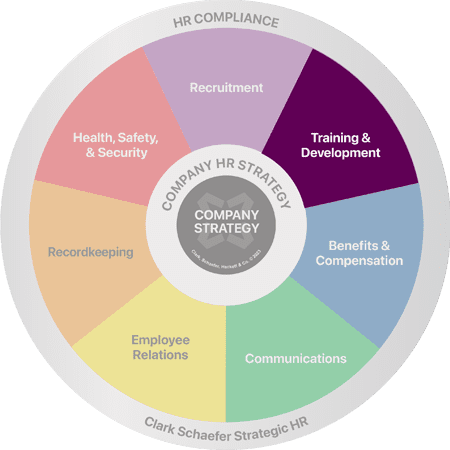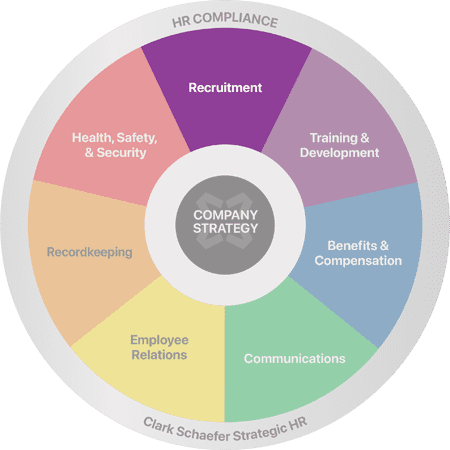Why Is Harassment Training Important?
Last Updated on April 22, 2024 / Training & Development

HR Question:
Do I really need to provide harassment training? Isn’t having an anti-harassment policy sufficient?
HR Answer:
While it’s definitely a great place to start, having an anti-harassment policy isn’t enough. It’s crucial to ensure that your entire team is on the same page when it comes to definitions, expectations, and consequences surrounding harassment in the workplace. Because harassment can look and feel differently depending on the situation and the context, you want to leave no room for misunderstandings or confusion – especially when trying to create a psychologically safe work environment.
Three Reasons Why You Need Harassment Training
1. It promotes and fosters a positive, inclusive, and diverse work environment. Harassment training helps to create a workplace culture that values respect, dignity, and inclusivity. It raises awareness about inappropriate behavior and ensures that employees have an understanding of the importance of treating their colleagues with respect. It eliminates confusion, helps educate and share perspectives that employees may not have experienced or had access to, and helps raise the value of all experiences in the workplace.
2. It can mitigate legal issues. Providing harassment training allows organizations to educate their employees about their rights and responsibilities in relation to harassment laws. This also provides an opportunity for everyone in the organization to have clear outlines of what is not acceptable. It’s part of the employer’s responsibility to create a safe workplace for their employees, and this is just one of many steps in doing so.
3. It can protect employees and promote a psychologically safe work environment. Harassment can have severe emotional, psychological, and even physical effects on individuals. By providing regular harassment training, organizations can aim to protect their employees from experiencing or witnessing such behavior by clearly outlining actions that are unacceptable in the workplace. Training provides employees with the knowledge and tools needed to identify, report, and address harassment more effectively and in a timely manner.
Keep the Training Going!
Between the 2018 and 2021 fiscal years, the Equal Employment Opportunity Commission (EEOC) received a total of 98,411 charges alleging harassment under any basis and 27,291 charges alleging sexual harassment. Since an employer can be held legally responsible for the actions of their employees, it stands to reason that every effort should be made to regularly remind employees of the expectations of their behavior, rather than assuming the training can be a “one and done” scenario.
So how can organizations continue the thread of anti-harassment throughout their organization?
- Start at the beginning of the employee life cycle. Include training on the types of harassment, the consequences of engaging in harassment, and the steps to prevent harassment to get new employees started off on the right foot, ensuring that they are familiar with what personal conduct will and will not be accepted in the workplace.
- Make sure you regularly repeat the training. Many organizations conduct annual education/training sessions that include harassment as part of the training. This is a great opportunity to refresh your employees’ knowledge of the subject matter and to further emphasize the company’s no-tolerance policy with regard to harassment.
- Be sure to review your anti-harassment policy regularly. Remember, the policy is still a great tool in your anti-harassment toolbelt. If you’re not sure where to start, the Society for Human Resource Management provides five ways to update and upgrade your current policy to make sure it’s in line with best practices.
Keep in mind, while federal law advises periodic harassment training, some states may require such training. For example, in California, employers with 50+ employees must provide two hours of sexual harassment training for supervisors every two years. Be aware of the specific requirements of your state or locale when it comes to harassment education for your employees.
Special thanks to Julie Schroer, SHRM-CP, for contributing to this edition of our HR Question of the Week!
Are you overdue on harassment or other annual training? Does your current training curriculum need to be refreshed to reflect changes in company policy or legal requirements? Strategic HR has the expertise and resources to help. Visit our Training & Development page to learn more.







